Spirent Announces GNSS/MEMS Simulation Software
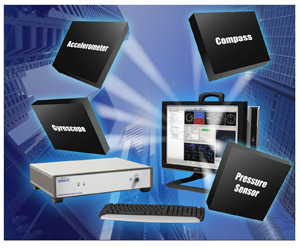
Spirent Communications has launched of its SimSENSOR MEMS (micro-electro-mechanical system) sensor simulation software.
By Inside GNSS
Spirent Communications has launched of its SimSENSOR MEMS (micro-electro-mechanical system) sensor simulation software.
By Inside GNSS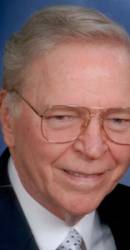 Phil Ward, Navward GPS Consulting
Phil Ward, Navward GPS ConsultingThe threats just keep growing to a resource that hundreds of millions of people around the world have come to rely on for a myriad purposes.
GNSS is, after all, an RF technology, vulnerable in its own way to the kind of disruptive effects that turn an AM radio into a static-ridden howl as you drive under a powerline. And the radiated energy of signals arriving with from satellite sources tens of thousands of miles away are orders of magnitude weaker than those carrying the top 40 tunes broadcast by a local station.
By Inside GNSS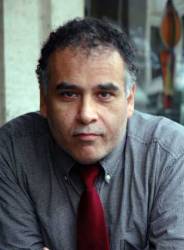
In 2003, China committed to investing €200 million (US$270 million) for the privilege of participating in the development of Europe’s Galileo program. But by 2007 it had been forced out of major decision-making because of security concerns and the collapse of the original financing plan for the program, which was to include public and private money.
By Peter Gutierrez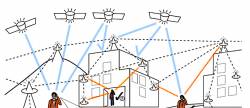
Two industry experts on GNSS interference and jamming will lead an Inside GNSS web seminar scheduled for August 22. Tom Stansell and Logan Scott will join moderator Mark Petovello on a panel to discuss the subject, ““GNSS Jamming & Interference: Causes, Consequences, and Solutions.”
By Inside GNSS Concorde El Salam Hotel
Concorde El Salam HotelThe biennial International Association of Insitutes of Navigation (IAIN) World Congress will take place in Cairo, Egypt from October 1 to October 3, 2012, in conjunction with MELAHA 2012, the 6th Arab Institute of Navigation conference and exhibition.
The conference venue is the Concorde El Salam hotel in the tranquil Helipolis suburb, a 10 minute drive from the airport
The theme is "Seamless Navigation: Challenges and Opportunities."
By Inside GNSS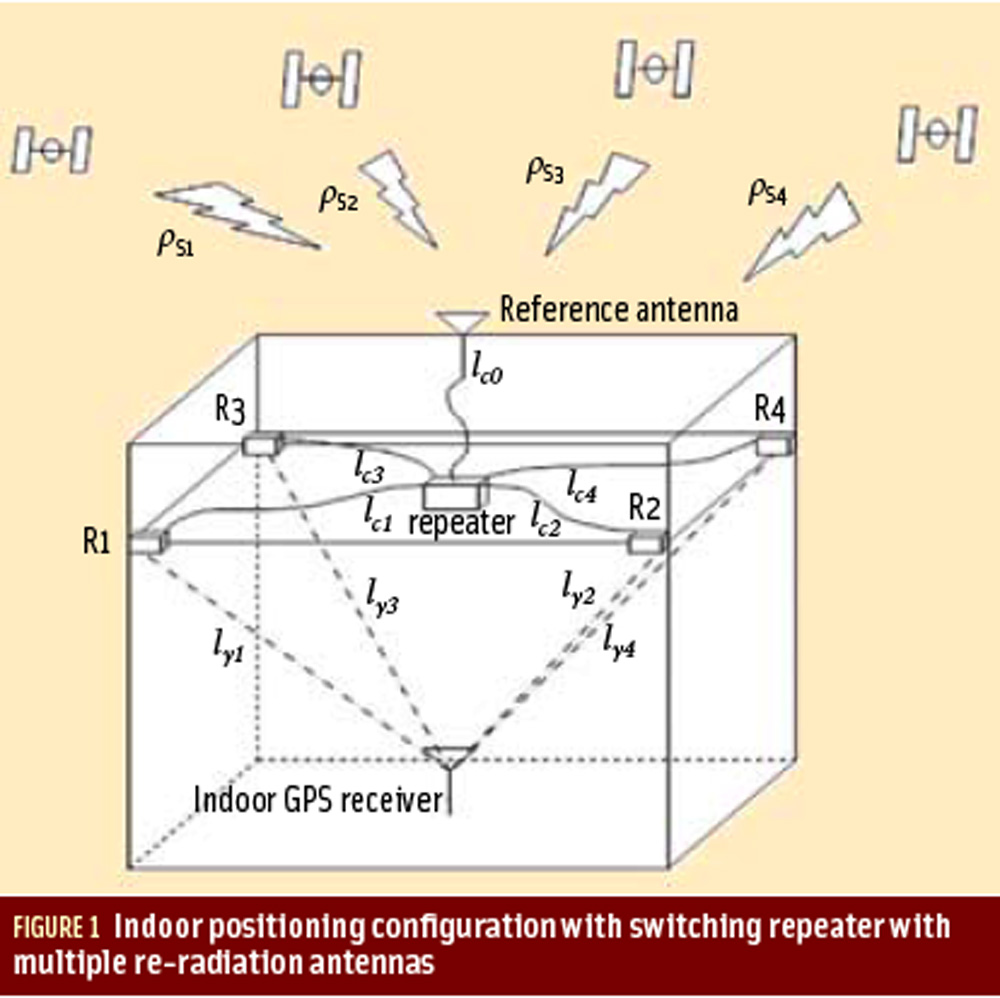
Q: What are the tradeoffs between using L1-only and L1+L2 for PPP?
A: Precise point positioning (PPP) is a technique that can compute positions with a high accuracy anywhere on the globe using a single GNSS receiver. It relies on highly accurate satellite position and clock data that can be downloaded from the International GNSS Service (IGS) or obtained in real-time from a number of service providers, using either the Internet or satellite links.
By Inside GNSS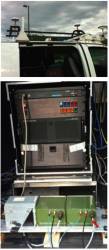 TOP PHOTO: Antenna configurations on trials vehicle: Dual GPS antennas for the INS under test and single GPS antenna for the CIMU; BOTTOM PHOTO: Commercial IMU/DGPS system used for reference (left), FOG-based INS configuration (middle), and MEMS-based INS configuration 2 (right)
TOP PHOTO: Antenna configurations on trials vehicle: Dual GPS antennas for the INS under test and single GPS antenna for the CIMU; BOTTOM PHOTO: Commercial IMU/DGPS system used for reference (left), FOG-based INS configuration (middle), and MEMS-based INS configuration 2 (right) The automobile versus the horse and buggy. Cloud computing opposite desktop software. The trend is predictable, yet it is always surprising when one technology takes over the market space of another. After all, television did kill off the radio star.
By Inside GNSS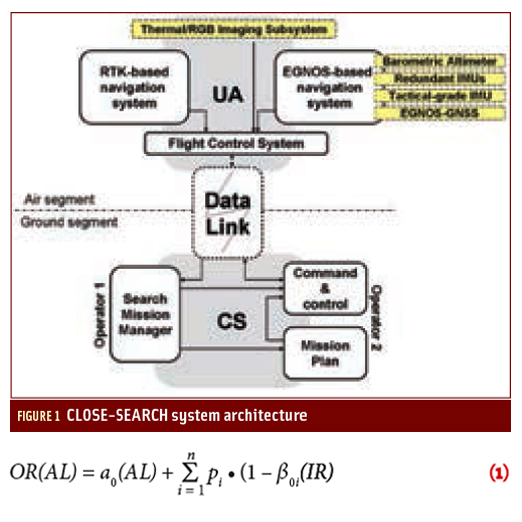
August 1994, early morning. Spain’s Central Pyrenees Mountains still in darkness.
At the outset of an ascent to a 3,000-meter peak along the international border, one of the co-authors encounters a group of tourist hikers who have begun searching for a colleague who had left the camp the previous evening. In the pre-sunrise gloom, helicopters cannot yet operate.
A week later, the body of the hiker is found. The rescue efforts came, unfortunately, too late.
By Inside GNSS[Updated July 4] The world’s dominant mode of timekeeping, Coordinated Universal Time (UTC), took on another leap second on Saturday, June 30 at 23:59:60 UTC.
And then the fun began: the addition caused software handling Internet services such as LinkedIn, Pinterest, Mozilla, Reddit, StumbleUpon, Yelp, FourSquare and Gawker to behave unpredictably or even crash over the weekend.
By Inside GNSS
Time is short — the European Satellite Navigation Competition, aka Galileo Masters — is seeking the best GPS and GNSS applications ideas for this year’s contest. The deadline has been extended one week to Sunday, July 8.
By Inside GNSS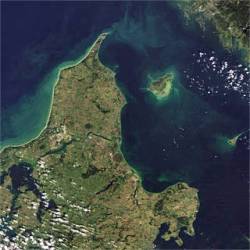 Northern Jutland Peninsula
Northern Jutland PeninsulaA seven day workshop on GNSS and Positioning for the Future will be held at a Jutland (North Sea) resort in Denmark from August 27 through September 2, 2012. It is open all those with an interest in satellite positioning and navigation but limited to the first 50 registered participants.
The workshop will cover GNSS basics, new satellite navigation systems, arctic navigation, intelligent transportation systems and environmental monitoring, with lectures by international experts in those fields. The program and full list of lecturers are available on the event website.
By Inside GNSS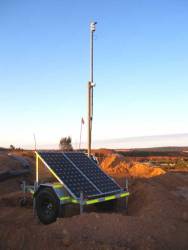
Leica Geosystems Mining and Locata Corporation will continue their exclusive technology partnership in the mine machine automation and mine fleet management markets until at least June 2014. The extension guarantees the ongoing, commercial provision to the global mining industry of the Leica Jigsaw Positioning System (Jps), powered by Locata technology.
By Inside GNSSThe convergence of mobile communications, information, and navigation technologies is driving the need to re-examine interference and jamming issues within a broader national and international cybersecurity framework, a U.S. homeland security official told a recent conference on GNSS vulnerability.
By Inside GNSS